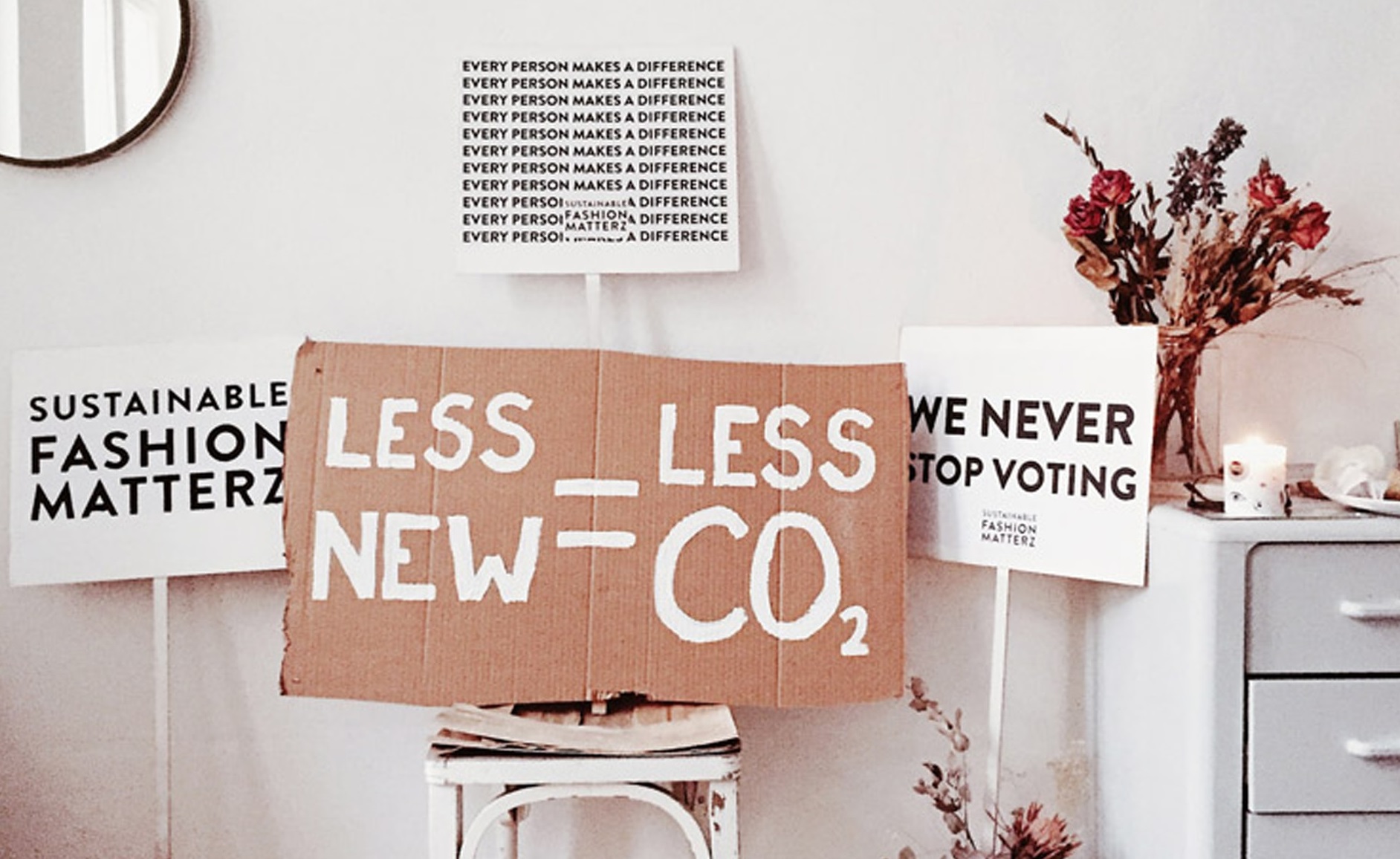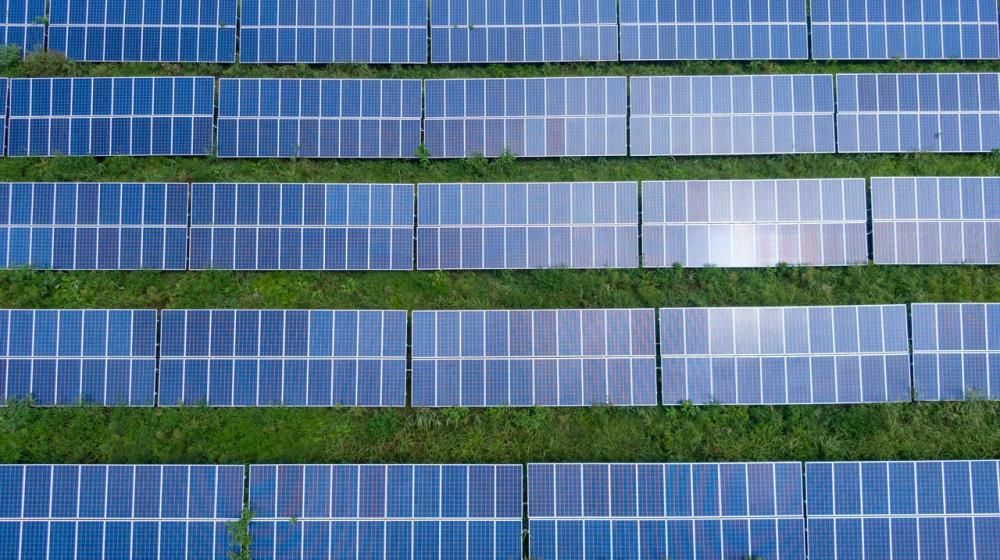How much CO2 could you save?
We know that to address the climate crisis, change is needed in almost every area of our daily lives - including our homes.
According to the Climate Change Committee (CCC), the UK won't meet our climate change targets unless we eliminate almost all of the greenhouse gas emissions from our homes, which currently make up around 14% of total UK emissions (64 million tonnes).
The good news is, the options we need to cut our carbon are already here. The 8 technologies listed above could saves 6.16 tonnes of C02 per home per year, or 123.2 tonnes over the next 20 years - that's the equivalent of 79 years of road traffic emissions!
If every household in the UK implemented these technologies, together we could cut up to 46 million tonnes of C02 each year - that's 75% of the UK's household emissions eliminated.
The most effective technologies for cutting C02 emissions are installing an air source heat pump (cutting 2.5 tonnes per year), installing solar panels and a battery (1.59 tonnes per year) and cavity wall insulation (0.66 tonnes per year).


